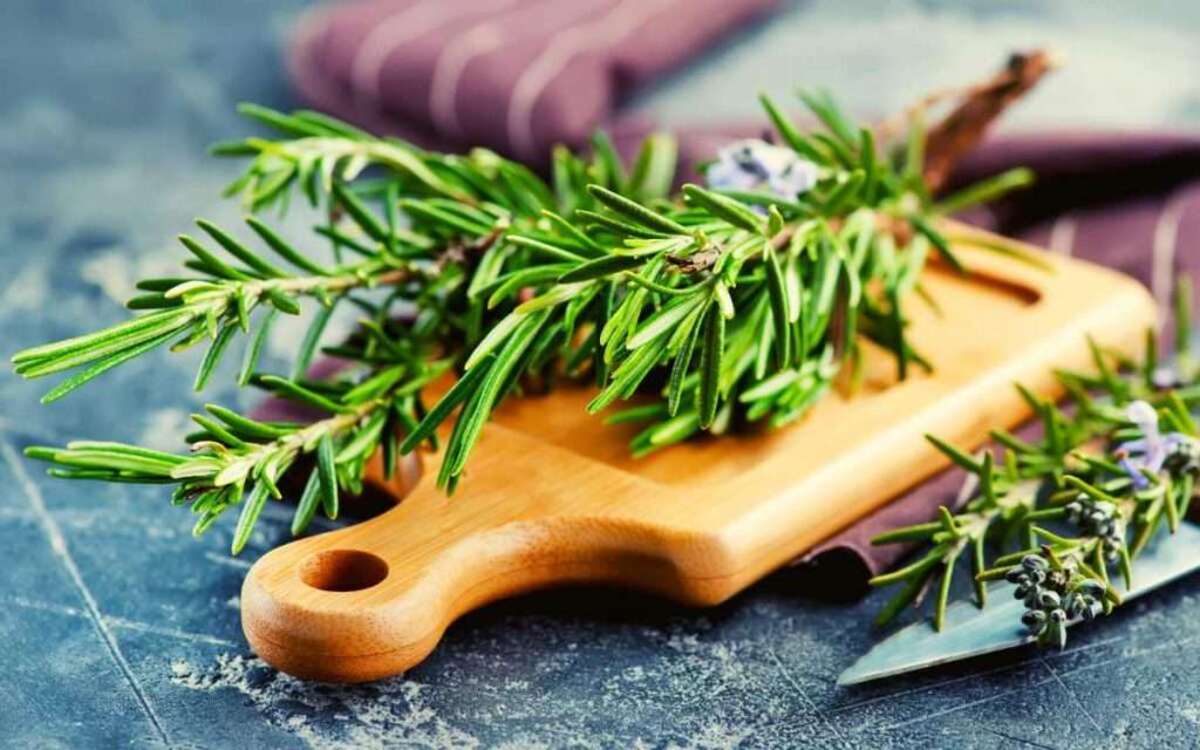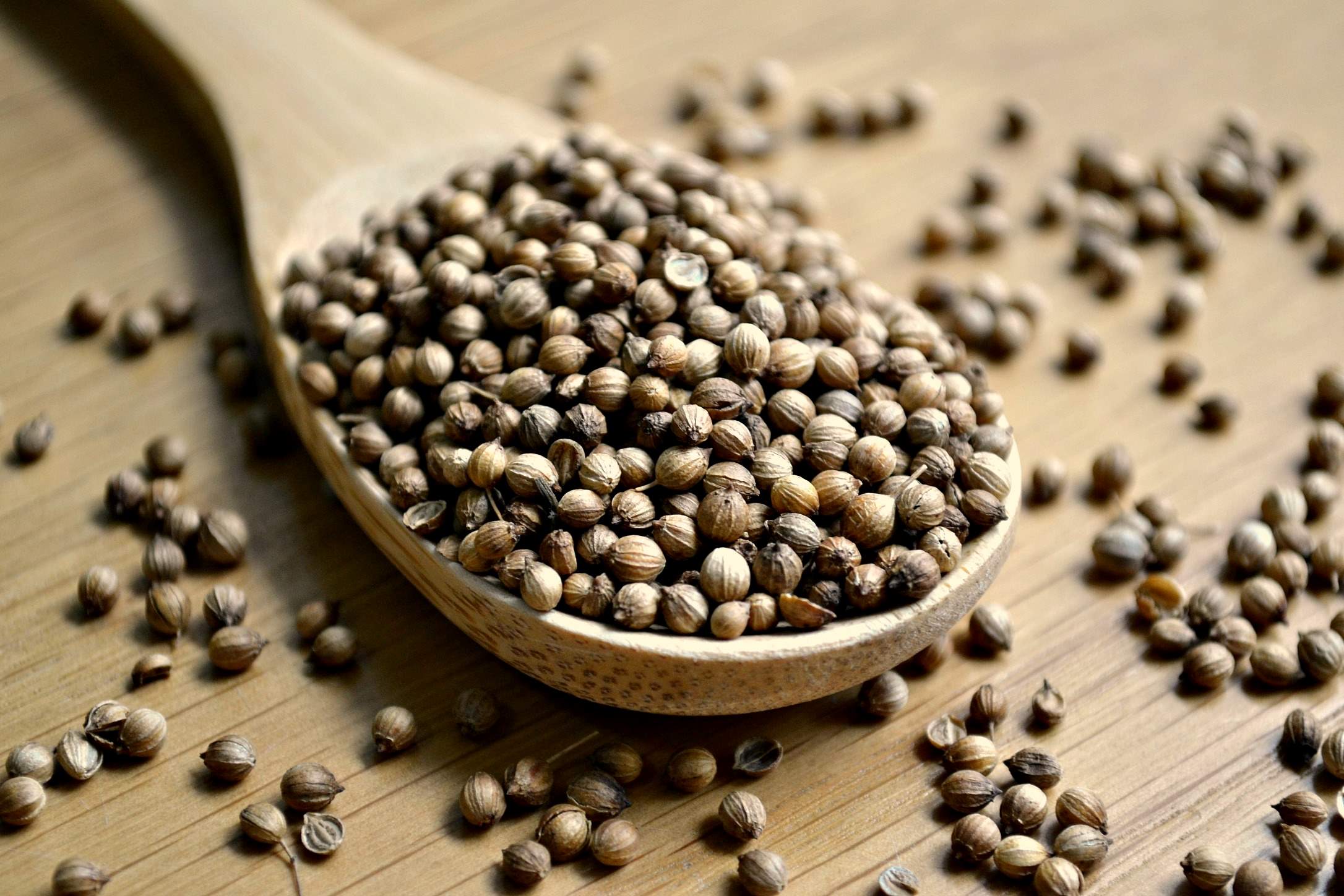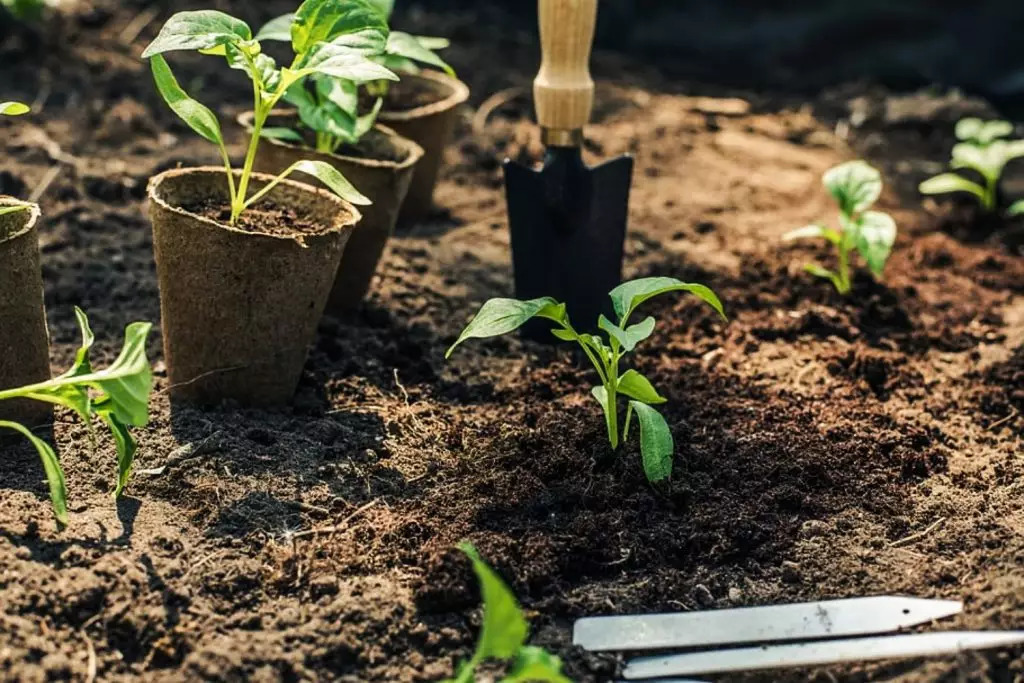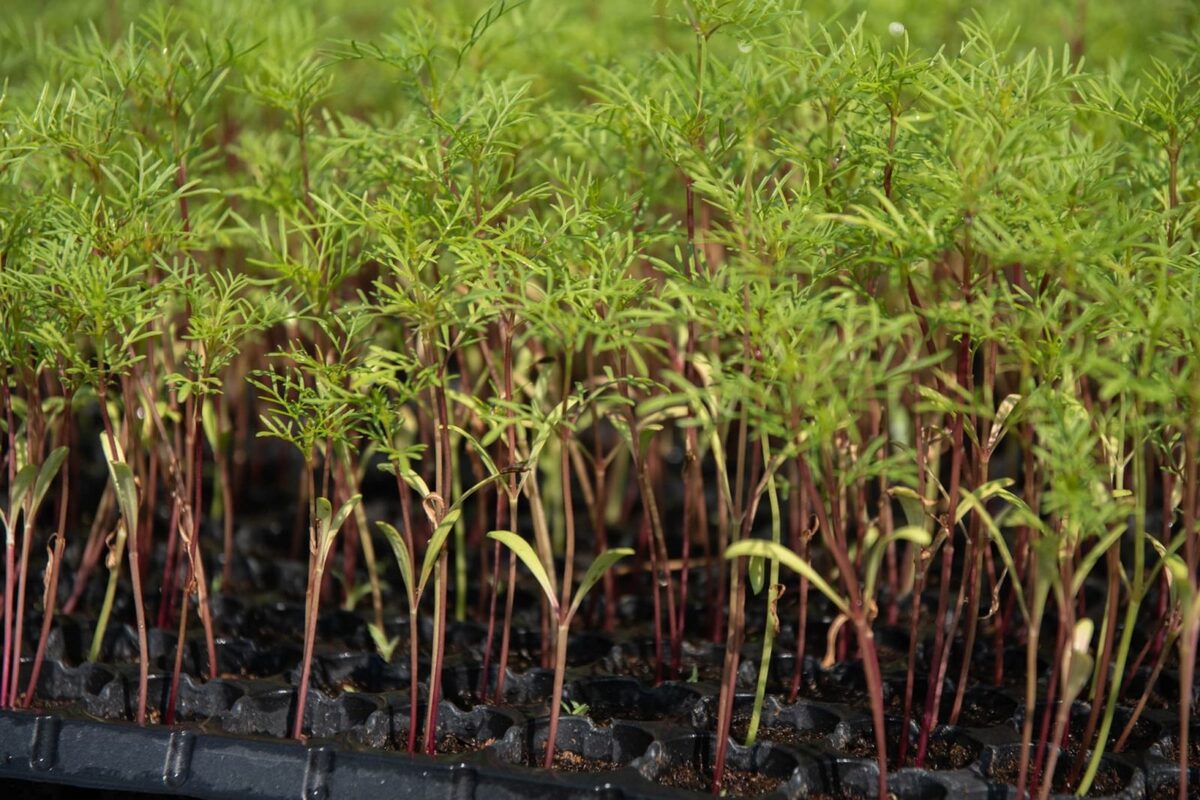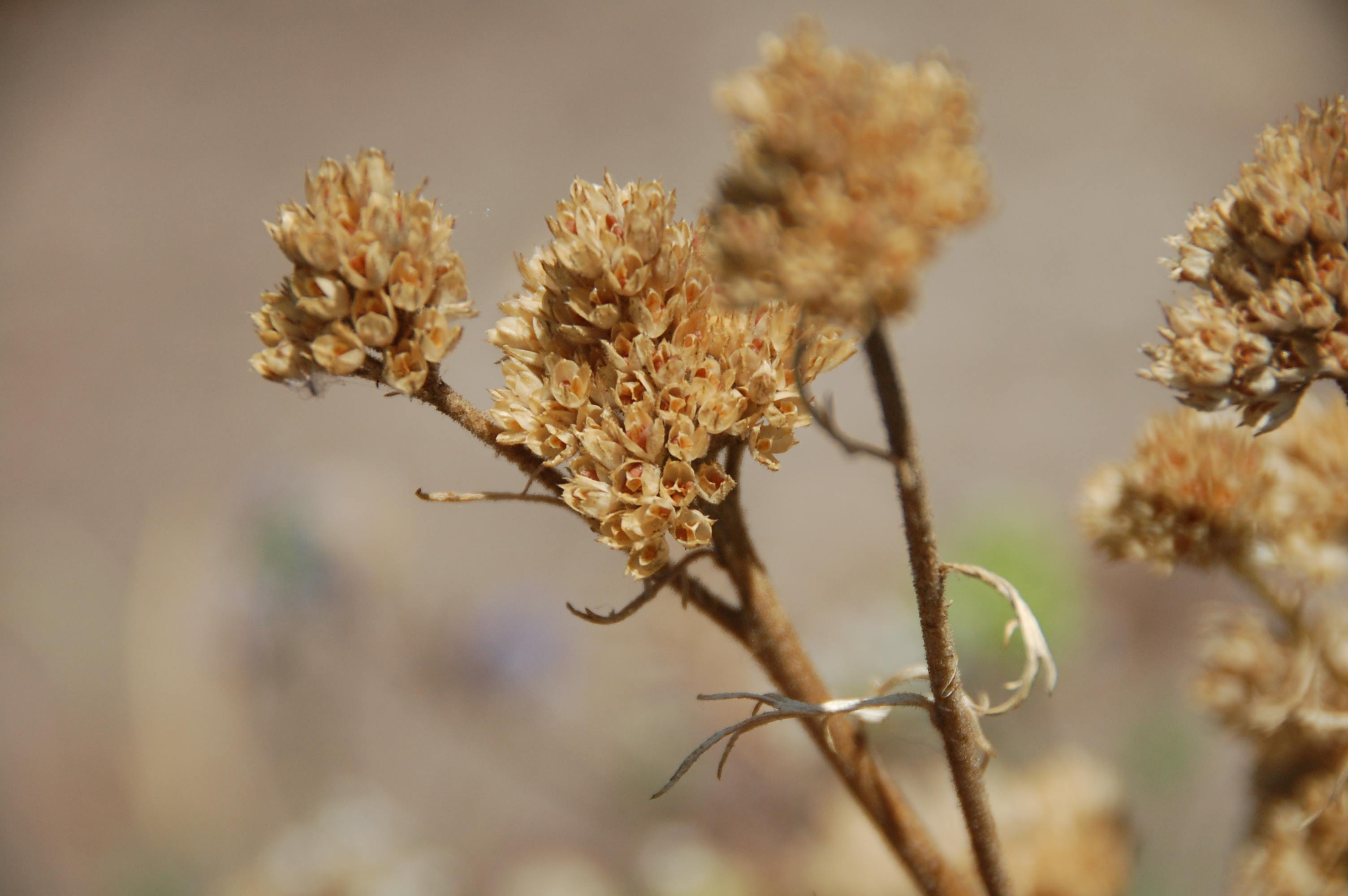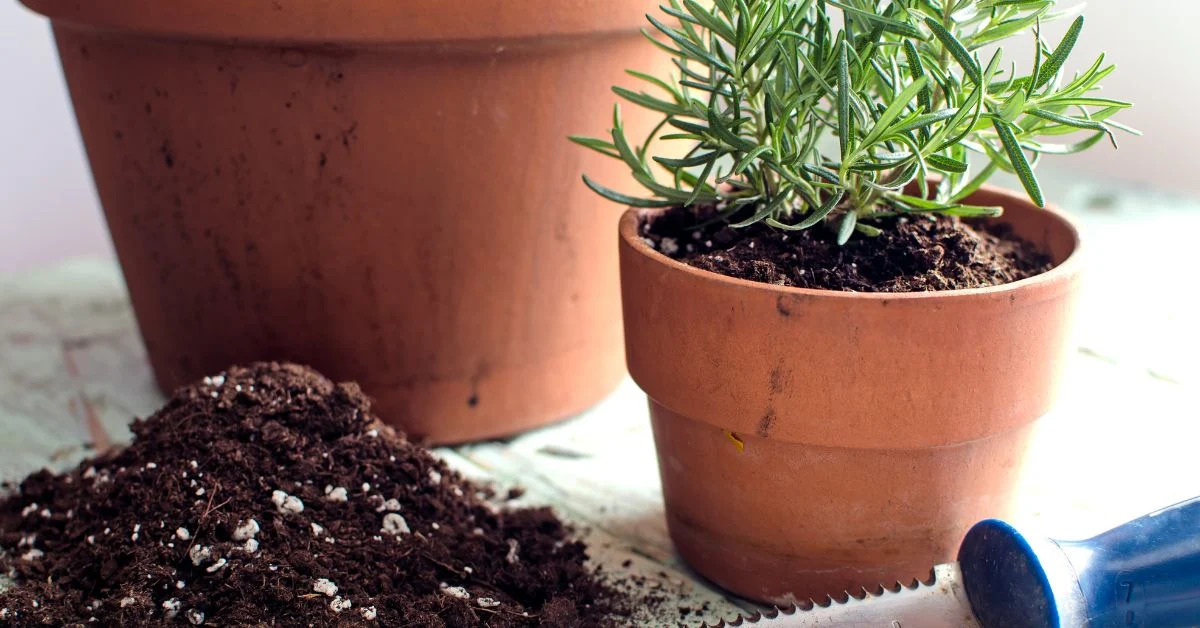Home>Gardening News and Trends>Latest News>What Insects Like Dandelions
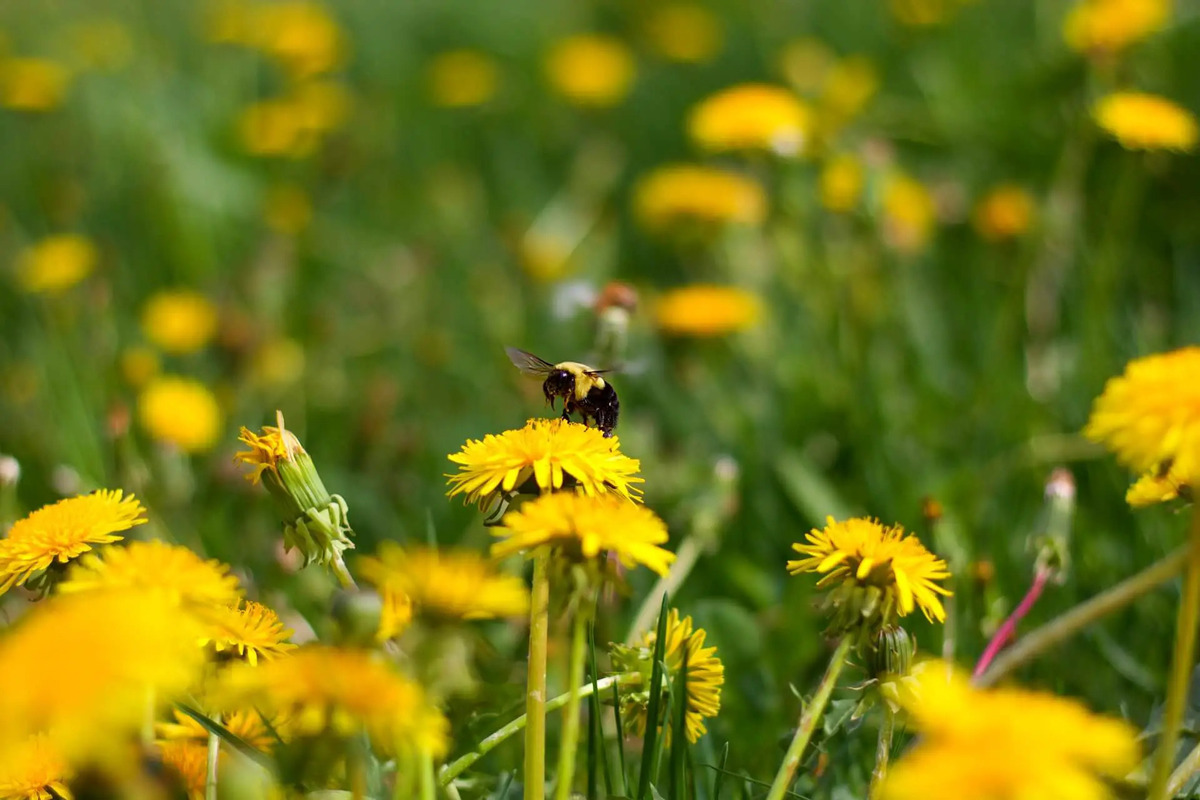

Latest News
What Insects Like Dandelions
Published: December 11, 2023
Discover the latest news about what insects are attracted to dandelions and learn how to manage these bugs in your garden.
(Many of the links in this article redirect to a specific reviewed product. Your purchase of these products through affiliate links helps to generate commission for Chicagolandgardening.com, at no extra cost. Learn more)
Table of Contents
Introduction
Welcome to the fascinating world of insects and their affinity for dandelions. While these bright yellow flowers may be considered weeds by some, they play a vital role in supporting insect populations. In fact, dandelions are a crucial food source and habitat for numerous insect species.
When you think of insects, you may picture bees, butterflies, or ladybugs. However, there are countless other lesser-known insect species that rely on dandelions for their survival. These tiny creatures play a significant role in maintaining ecosystem balance and provide essential services such as pollination.
In this article, we will delve into the importance of dandelions for insects and explore the various ways in which these flowers benefit insect communities. We will also discuss the potential consequences of the decline in dandelion populations and the conservation efforts being undertaken to protect these valuable habitats.
So, get ready to uncover the intricate relationship between insects and dandelions. You’ll soon realize that these vibrant yellow flowers are more than just pesky weeds—they are vital lifelines for the insect world.
Importance of Dandelions for Insects
Dandelions serve as key resources for insects, providing them with food, shelter, and reproduction opportunities. As one of the first flowering plants to appear in the spring, dandelions offer a vital nectar and pollen source when other plants are still dormant.
For many pollinators, such as bees and butterflies, dandelions are an essential fueling station. These insects rely on the abundant nectar produced by dandelion flowers to sustain their energy levels, allowing them to continue their critical role in pollinating other plants.
In addition to nectar, dandelions also provide an important source of pollen for many insects. Pollen is a protein-rich food source that enables bees, beetles, and flies to meet their nutritional needs and sustain healthy offspring. By visiting dandelion flowers, insects inadvertently transfer pollen between plants, contributing to their cross-pollination and genetic diversity.
Furthermore, dandelions serve as vital habitats for insects throughout their lifecycle. The hollow stems and grooves on dandelion leaves provide safe spaces for certain species of beetles, spiders, and insects like aphids and leafhoppers. These nooks and crannies offer protection from predators and unfavorable weather conditions, ensuring the survival of these insects.
Interestingly, dandelion roots play a crucial role too. Some insects, such as beetle larvae, burrow into the roots to feed and complete their metamorphosis. The fibrous root system of dandelions also provides stability and anchorage for insects, especially those that live in underground burrows or build intricate tunnels near the plant’s base.
The importance of dandelions for insects cannot be understated. They serve as a lifeline for pollinators, offer shelter and food sources, and facilitate the vital process of reproduction. Without the presence of dandelions, many insect species would struggle to survive and reproduce, leading to a decline in biodiversity and possible ecological imbalances.
Insect Species that Utilize Dandelions
Dandelions attract a wide array of insect species, each with its own unique characteristics and requirements. Let’s explore some of the common insects that rely on dandelions for their survival:
- Bees: Bees are perhaps the most well-known visitors to dandelions. Various bee species, including honeybees, bumblebees, and solitary bees, rely on the abundant nectar and pollen provided by dandelion flowers. Bees play a crucial role in pollination, and their dependence on dandelions highlights the importance of these flowers in sustaining bee populations.
- Butterflies: Butterflies are another group of insects that find dandelions irresistible. Species like the Painted Lady and the Clouded Yellow butterfly rely on dandelions as a nectar source, aiding in their energy needs during their lengthy migrations. Dandelions also serve as host plants for butterfly larvae, such as the Small Tortoiseshell and Orange Tip species.
- Beetles: Dandelions attract various beetle species, including ladybugs, ground beetles, and flower chafers. While feeding on dandelion nectar and pollen, these beetles assist in pollination and contribute to the plant’s reproductive success. Some beetles, like the Ten-spotted Ladybug, also use dandelions as shelter and breeding sites.
- Flies: Flies, such as hoverflies and bee flies, are frequent visitors to dandelions. These insects play a vital role in pollination, acting as alternative pollinators when bees are scarce. Dandelions offer a readily available and accessible food source, attracting flies that inadvertently transfer pollen from flower to flower.
- Ants: Though often overlooked, ants play a significant role in dandelion ecosystems. Ants are attracted to the sugary secretions produced by the base of dandelion flowerheads, known as nectaries. They aid in the dispersal of dandelion seeds by carrying them to new locations, contributing to the plant’s reproduction and expansion.
These are just a few examples of the diverse insect species that rely on dandelions for sustenance and habitat. By promoting biodiversity and serving as vital resources, dandelions enhance the overall ecological health of their surrounding environments.
Role of Dandelions in Insect Pollination
Dandelions play a crucial role in facilitating the process of pollination, which is essential for the reproduction of many plant species. These bright yellow flowers serve as a valuable resource for numerous insect pollinators, ensuring the transfer of pollen from a flower’s male reproductive organ, the anther, to its female reproductive organ, the stigma.
When insects, like bees, butterflies, flies, and beetles, visit dandelion flowers in search of nectar or pollen, they inadvertently collect pollen on their bodies. As they move from one dandelion to another, the pollen grains become deposited on the stigma, enabling fertilization to occur and the production of seeds.
Dandelions have several characteristics that make them attractive to pollinators. Firstly, they produce copious amounts of nectar, a sweet liquid rich in carbohydrates, which serves as an energy source for insects. This abundant nectar production acts as a magnet, attracting various pollinators in search of food.
In addition to nectar, dandelions produce pollen grains, rich in proteins, which adhere to the bodies of visiting insects. The intricate structures of dandelion flowers ensure that pollen is efficiently transferred from the stamens to the visiting insect, ensuring effective pollination.
The timing of dandelion flowering is also advantageous for insect pollinators. As one of the first flowers to bloom in spring, dandelions provide a much-needed source of nectar and pollen when other plants are still dormant or have not yet started blooming. This early availability of resources is critical for the emergence and abundance of early-season pollinators.
Moreover, dandelions have a unique ability to self-pollinate. In situations where insect activity is limited or absent, dandelion flowers can pollinate themselves, ensuring reproductive success and the production of viable seeds. This adaptation contributes to the survival of dandelion populations, even in environments with low insect pollinator diversity.
The role of dandelions in insect pollination extends beyond their own reproductive success. By providing an abundant and easily accessible food source, dandelions support pollinator populations, ensuring their continued presence for the pollination of other plant species. This intricate web of interactions underscores the critical significance of dandelions in maintaining ecosystem balance and biodiversity.
Dandelion Seeds as a Food Source for Insects
While dandelion flowers provide nectar and pollen for insect visitors, their seeds also play a vital role in supporting insect populations. Dandelion seeds are a valuable food source for many insects throughout their lifecycle.
After the dandelion flower is fertilized, it transforms into a seed head composed of numerous tiny seeds attached to feathery structures known as pappus. These seeds are equipped with adaptations for dispersal, such as the ability to be carried by the wind or attached to the fur or feathers of animals.
Several insect species depend on dandelion seeds as a primary food source. For example, seed-eating insects, such as the seed bugs and seed beetles, feed on the abundant dandelion seeds. These insects have specialized mouthparts to pierce through the seed coat and extract the nutritious contents within.
Interestingly, dandelion seeds also provide sustenance for various larvae. Some insect species, including moths and butterflies, lay their eggs on dandelion plants. Once the eggs hatch, the tiny larvae feed on the dandelion seeds as their sole source of nutrition. This reliance on dandelion seeds enables the larvae to grow and develop into mature adults.
In addition to insects, dandelion seeds are also sought after by seed-eating birds. Species like finches and sparrows feed on the abundant seed heads, adding them to their diet during the breeding season or when other food sources may be scarce. These birds play an important role in seed dispersal, as they inadvertently carry dandelion seeds to new areas as they forage.
Dandelion seeds are not only a rich food source but also contribute to the overall health and vitality of insect communities. The abundance and accessibility of dandelion seeds ensure that insects can find sustenance, even in challenging environmental conditions or during periods of food scarcity.
Furthermore, the reproductive success of dandelion plants, as indicated by the production of numerous seeds, ensures the availability of this vital food resource for insects in the future. The interdependence between dandelion plants, insects, and seed-eating animals underscores the importance of maintaining healthy dandelion populations to support diverse and thriving ecosystems.
Effects of Dandelion Decline on Insect Populations
The global decline in dandelion populations can have significant repercussions on insect populations, disrupting ecological balance and endangering various species. The loss of dandelions as a vital resource for insects can have several adverse effects:
1. Loss of Food Sources: Dandelions provide essential nectar, pollen, and seeds that serve as important food sources for many insect species. The decline of dandelions means fewer available resources, leading to nutritional deficits and potential population declines among insect communities.
2. Decline in Pollinators: Dandelions play a crucial role in supporting pollinators that contribute to the reproduction of numerous plant species. A decline in dandelions means fewer pollinators, which can result in reduced fruit and seed production, compromising the overall health of plant populations.
3. Negative Impact on Life Cycles: Some insect species, particularly butterflies and moths, rely on dandelions as host plants for their larvae. The loss of dandelions can disrupt their life cycles and lead to a decline in population numbers. This, in turn, can have cascading effects on predator-prey relationships and ecological interactions within ecosystems.
4. Reduction in Biodiversity: Dandelions provide habitat and resources for a wide range of insect species. Their decline can result in a loss of habitat diversity, reducing the availability of suitable niches for different insect populations. A decrease in insect biodiversity can have far-reaching consequences on ecosystem functioning and resilience.
5. Impacts on Wildlife: Insects that rely on dandelions as a food source also play a vital role in the diet of many birds, bats, and small mammals. A decline in insect populations due to the loss of dandelions can disrupt the food chain and lead to challenges for these wildlife species, potentially affecting their reproductive success and overall population health.
6. Disruption of Ecosystem Function: Insects are critical components of ecosystem functioning, playing roles in pollination, decomposition, and nutrient cycling. The decline of dandelions and the subsequent impact on insect populations can disrupt these vital processes, leading to imbalances within ecosystems and reduced overall ecosystem health.
Addressing the decline in dandelion populations and implementing conservation measures to protect these floral resources are essential steps in preserving insect populations and maintaining healthy ecological systems.
Conservation Efforts to Support Insect Communities
To address the decline of dandelions and support insect communities, various conservation efforts are underway. These efforts aim to protect and restore dandelion habitats, promote biodiversity, and raise awareness about the crucial role that insects play in our ecosystems:
1. Habitat Preservation: Protecting natural areas that serve as dandelion habitats is vital for the conservation of insects. This includes preserving meadows, grasslands, and open spaces, which provide suitable environments for dandelions to thrive and support a diverse range of insect species.
2. Native Plant Restoration: Rehabilitating degraded habitats by restoring native plant communities that include dandelions is crucial. Incorporating dandelions into ecosystem restoration projects can help provide food sources and breeding opportunities for insects, ultimately supporting their populations.
3. Pollinator Gardens: Creating pollinator-friendly gardens that include dandelions can provide important habitats for insects. Planting native wildflowers, including dandelions, in these gardens ensures a diverse range of flowers are available throughout the growing season, providing crucial nectar and pollen resources for a variety of pollinators.
4. Integrated Pest Management: Encouraging the use of integrated pest management (IPM) strategies helps minimize the use of harmful pesticides that negatively impact insect populations. IPM focuses on a holistic approach to pest control that mitigates risks to beneficial insects like bees and butterflies, allowing populations to thrive.
5. Education and Awareness: Educating the public about the importance of dandelions and the ecosystem services provided by insects is essential. By raising awareness, individuals can make informed choices to support insect-friendly practices, such as planting dandelion-friendly gardens, avoiding pesticide use, and advocating for habitat preservation.
6. Citizen Science Initiatives: Engaging the public in citizen science initiatives, such as tracking insect populations and monitoring dandelion abundance, can provide valuable data for conservation efforts. Citizen scientists can contribute to research efforts and assist in gathering information on insect species, population trends, and habitat preferences.
7. Collaboration and Partnerships: Collaboration between governments, conservation organizations, researchers, and the public is crucial in implementing effective conservation strategies. By working together, stakeholders can leverage resources, share expertise, and develop innovative approaches to protect and restore dandelions and the insect communities that depend on them.
Through a combination of habitat preservation, restoration, and public engagement, these conservation efforts are helping to support insect communities and ensure the survival of dandelions and other vital floral resources in our ecosystems.
Conclusion
The intricate relationship between insects and dandelions underscores the vital role that these bright yellow flowers play in supporting insect communities. Dandelions serve as crucial resources, providing food, shelter, and reproduction opportunities for a multitude of insect species.
Insects rely on dandelions for their survival, feeding on the abundant nectar and pollen produced by the flowers. These visits inadvertently facilitate pollination, ensuring the reproduction of countless plant species. Dandelion seeds also serve as an important food source for many insects, supporting their growth and development.
However, the decline in dandelion populations poses significant threats to insect communities. The loss of dandelions as food sources and habitats can lead to nutritional deficits, disrupted life cycles, reduced biodiversity, and potential imbalances within ecosystems.
Conservation efforts are essential to address the decline of dandelions and support insect populations. Through habitat preservation, native plant restoration, pollinator gardens, and integrated pest management, we can create insect-friendly environments and ensure the availability of dandelion resources.
Education and awareness are also crucial to fostering a deeper understanding of the importance of dandelions and insect conservation. By involving the public in citizen science initiatives and promoting collaboration between stakeholders, we can work together to protect and restore dandelions and promote the well-being of insect communities.
Remember, next time you see a field of dandelions, think beyond their status as weeds. Appreciate the beautiful dance between insects and dandelions, recognizing the valuable role these flowers play in sustaining our intricate ecosystems. By supporting these vibrant yellow flowers, we are not only benefiting insects but safeguarding the delicate balance of the natural world.
